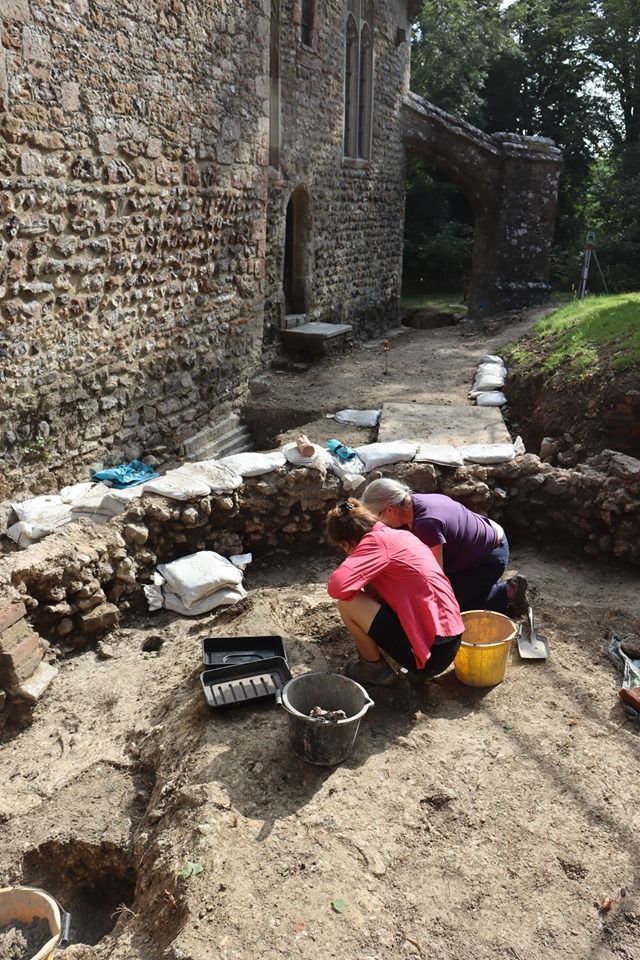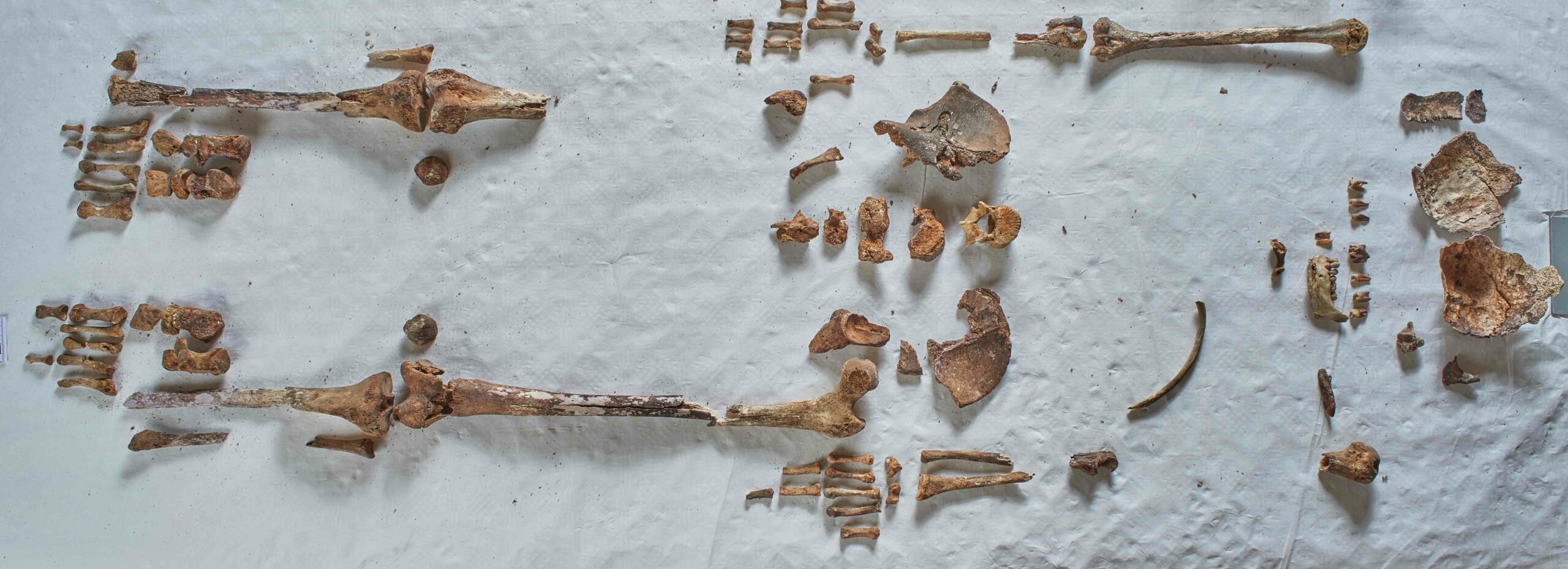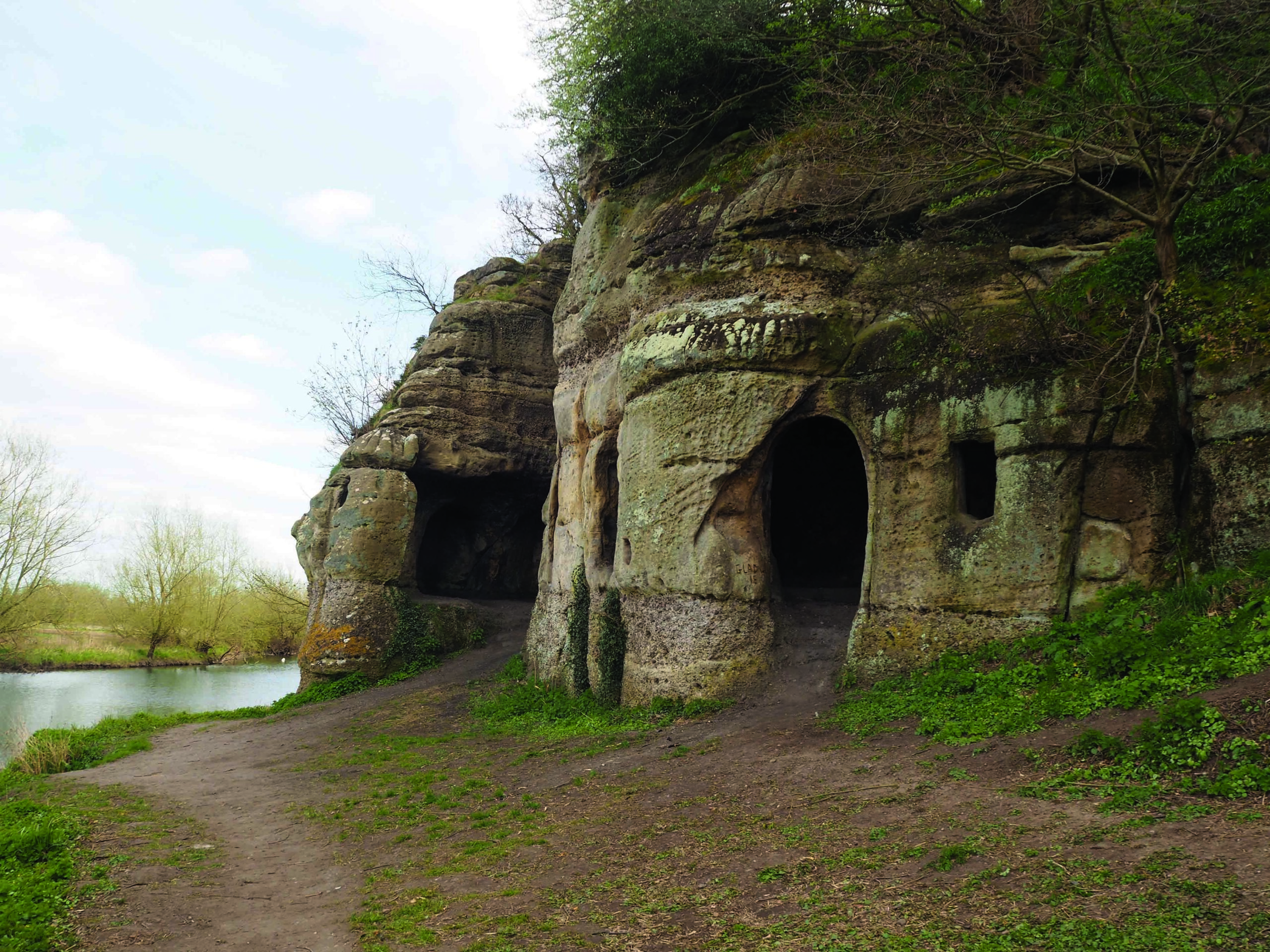
LYMINGE, ENGLAND—According to a BBC report, archaeologists excavating within the medieval churchyard at St. Mary and St. Ethelburga Parish Church have revealed a much older Anglo-Saxon building that appears to be one of the earliest stone churches in England. Structural elements, including the presence of a pink mortar made out of lime and crushed Roman brick, as well as a distinctive triple arch, suggest the church builders imported stonemasons from France to oversee construction. Additionally, the team uncovered remnants of a small annex to the north side of the church that fits a description of the tomb of Anglo-Saxon Queen Ethelburga written in the 1090s. Ethelburga, a princess of Kent and queen of Northumbria, is recorded to have founded the church in or around the year 634. Researchers now hope that further analysis of the early church—in conjunction with the site of a sixth- to seventh-century royal estate and feasting hall complex discovered nearby—will help them learn more about how Anglo-Saxon society transformed through the process of Christianization. To read more about Anglo-Saxon England, and excavations in Lyminge in particular, go to "The Kings of Kent."










